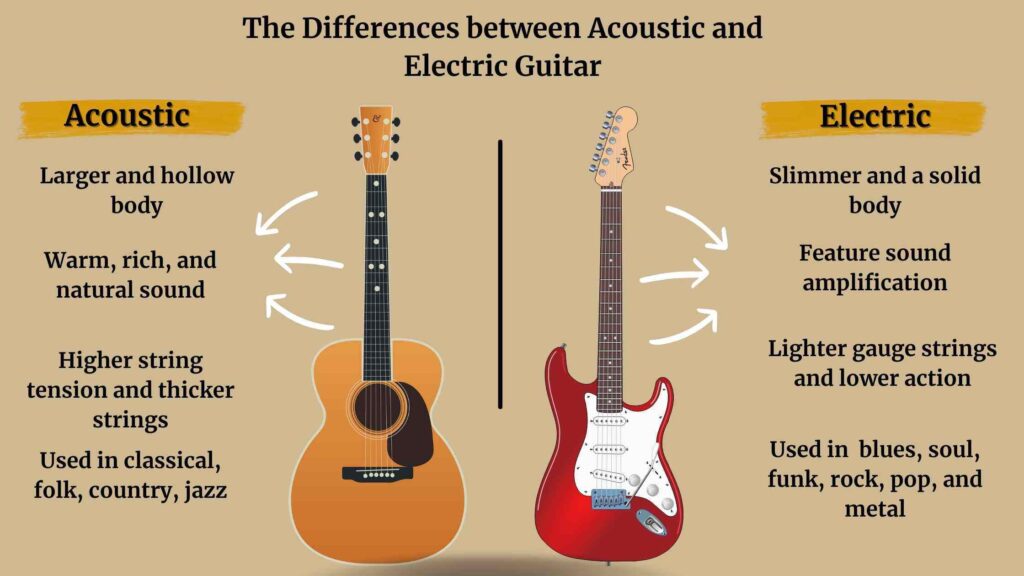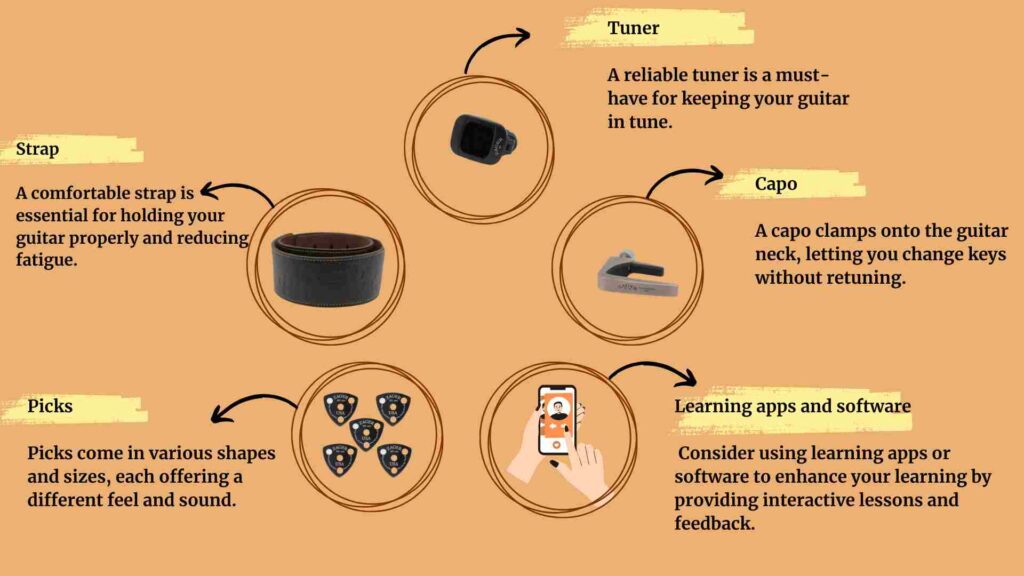How to Teach Yourself Guitar? – 8 Steps to Success | Zager Guitar
Learning a guitar by yourself is rewarding and challenging. You get to do something out of the box and outside your comfort zone. This proved why 52% of electric guitar players called themselves self-taught players over the years.
We want to write about it because we understand how overwhelming it can be to start learning guitar. Either you don’t find the right instructor or have the correct materials.
If that’s what you are facing, read on.
How to Teach Yourself Guitar
- Purchasing beginner-friendly guitar and essential tools
- Learning basic chords and strumming pattern
- Understanding guitar tabs and music sheets
- Learning the first song
- Paying attention to the rhythm and timing
- Overcoming common challenges
- Finding online learning resources and materials
- Seeking help from a professional if needed
Why is Learning Guitar on Your Own Achievable?
The Rise of Self-Teaching Methods
When the pandemic hit, people spent a lot of time at home. They had nothing else to do, so they started learning new instruments. You would be surprised to learn that over 77% of them began playing and practicing during that time.
It was easy then because the Internet had so many self-guided learning materials; no one had to think about going anywhere. This was the start when guitar enthusiasts thought, why not teach guitar by themselves? The sole reason was:
- Affordable guitars
- Flexibility
- Control over the learning process
- Learning at own home and schedule
- Customizable learning sessions
- Zero cost of lessons or transportation
Advantages of Teaching Yourself Guitar
The only reason is to learn at your own pace.
Most of the time, we hear from the students how they find it difficult to attend a class where everything happens clockwise. They feel pressured or stressed about how others are doing in class. For some, the schedule doesn’t match their timetable, so they eventually stop attending the practice sessions.
But with self-learning sessions, you take the time to finish the guitar lessons individually.
Besides, you are getting:
- Flexible schedule to learn comfortably
- The lesson session as per your liking
- Can pick any style of music, techniques, or songs
- Self-discipline and problem-solving skills.
- An enjoyable and rewarding experience
Getting Started: What You Need Before You Begin
You will need a guitar if you want to learn guitar.
We know that’s obvious, but if you are new, let’s get to see the guitar a bit more; if not, stick with us.
Choosing the Right Guitar for Beginners
First, Acoustic guitar Vs. Electric guitar

Second, guitar sizes and shapes
Third, essential tools and accessories for self-taught guitarists

Buy any tools from Zager at an affordable price range.
Developing Your Learning Plan: What to Focus on First
Okay, we are done with our brief introduction to guitar. Let’s move on to the learning part.
Learning Basic Chords and Strumming Patterns
The word basic eliminates the difficulty. Your target isn’t learning the advanced chords; you will start with something simpler and easiest to learn. As a result, you won’t fall out because the chords were too tricky. Follow these steps to know how to go smoother in the first go:
- Step 1: Focus on essential chords. In guitar language, beginning with chords like C, G, D, E, and A. These five chords are basically the foundation for countless songs.
- Step 2: Draw or download a picture of a chord diagram. Use it as a visual aid to familiarize yourself with each finger’s position for each chord.
- Step 3: There is no hurry. Begin by slowly moving between two chords, like C to G, so that the accuracy is on point.
- Step 4: Next, gradually increase your speed. Go for a smooth flow without pausing.
- Step 5: Consider getting a metronome. This tool will help you develop a sense of timing and confidence.
Comments
Post a Comment